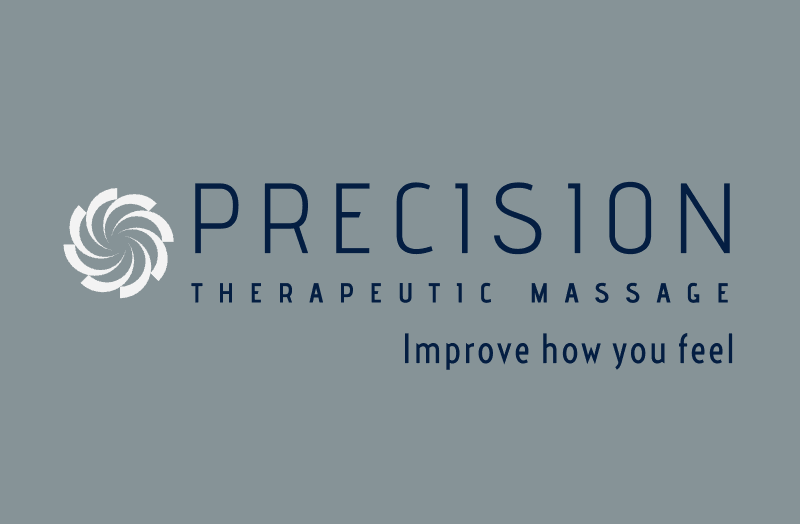Unveiling the Power of Massage Therapy in Resolving Neuromuscular Dysfunction

Introduction: Our body's soft tissue framework, composed of muscles, tendons, ligaments, and nerves, is not only intricate but also vulnerable to various types of injuries and dysfunctions. Whether it's a nagging neck strain, a twisted ankle, or the chronic ache of back pain, soft tissue injuries can significantly disrupt our daily lives. Fortunately, the healing art of massage therapy offers a potent remedy for these afflictions, employing time-tested techniques to alleviate pain, enhance circulation, and prevent future discomfort.
Understanding Soft Tissue Dysfunction: Neuromuscular dysfunction within the soft tissues often manifests as pain, decreased range of motion, and a host of other discomforts. It can result from overuse, trauma, or prolonged periods of inactivity, which can cause muscles to become tight and form knots, known as trigger points. These dysfunctional areas not only cause discomfort but can also lead to compensatory patterns that affect overall body mechanics.
The Role of Massage Therapy in Healing: Massage therapy shines as a non-invasive, therapeutic approach to managing and resolving neuromuscular issues in the soft tissues. Here's how it can help:
- Muscle Relaxation: Through various strokes and pressures, massage therapy stimulates muscle relaxation, which is vital in alleviating acute and chronic pain. Relaxed muscles release tension and allow for a decrease in nervous system firing, promoting a pain-free state.
- Increased Circulation: Enhanced blood flow is one of the cornerstones of massage therapy. By increasing circulation to the affected areas, massage encourages quicker healing by delivering fresh nutrients and oxygen while whisking away metabolic waste.
- Relieving Muscle Tension: Targeted massage techniques directly address muscle knots and tightness, improving muscle elasticity, and breaking the cycle of spasm and pain. This relief is a critical step in preventing soft tissue pain from returning.
- Soft Tissue Pain Prevention: Regular massage therapy sessions can help maintain optimal soft tissue function, which in turn, keeps chronic pain at bay and decreases the likelihood of injury recurrence.
Integrating Massage Therapy into Your Wellness Plan: To harness the full potential of therapeutic massage, it’s crucial to integrate it into your regular wellness routine. It’s not merely about quick fixes for sudden pains; it’s about investing in the longevity of your musculoskeletal health.
Finding the Right Therapeutic Approach: A licensed and experienced massage therapist can work with you to identify the particular form of massage best suited to your needs, be it deep tissue, Swedish, or sports massage. It's essential to communicate your specific symptoms, pain points, and recovery goals.
Call to Action: Don’t let soft tissue injuries put your life on pause. Embrace the healing hands of massage therapy and step towards a pain-free, more functional you. Whether you’re an athlete or someone looking to reclaim their comfort in daily activities, therapeutic massage can be the key to unlocking your body’s peak performance.
Book your therapeutic massage today – your body will thank you for it!
#MassageTherapy #PainRelief #SoftTissueHealing #MuscleRelaxation #IncreaseCirculation #RelieveMuscleTension #PreventPain #NeuromuscularDysfunction #WellnessJourney #HealingHands #TherapeuticMassage #BodyWellness #ChronicPainRelief #InjuryRecovery #HealthAndWellness #StayActive #RecoverStronger #MusculoskeletalHealth
(Disclaimer: This blog post is for informational purposes only and does not substitute professional medical advice. Consult with a healthcare provider before initiating any new therapy or treatment.)
Contact Us
How Can We Help?
Fill out the form below, and we will get back to you within 24 hours.
